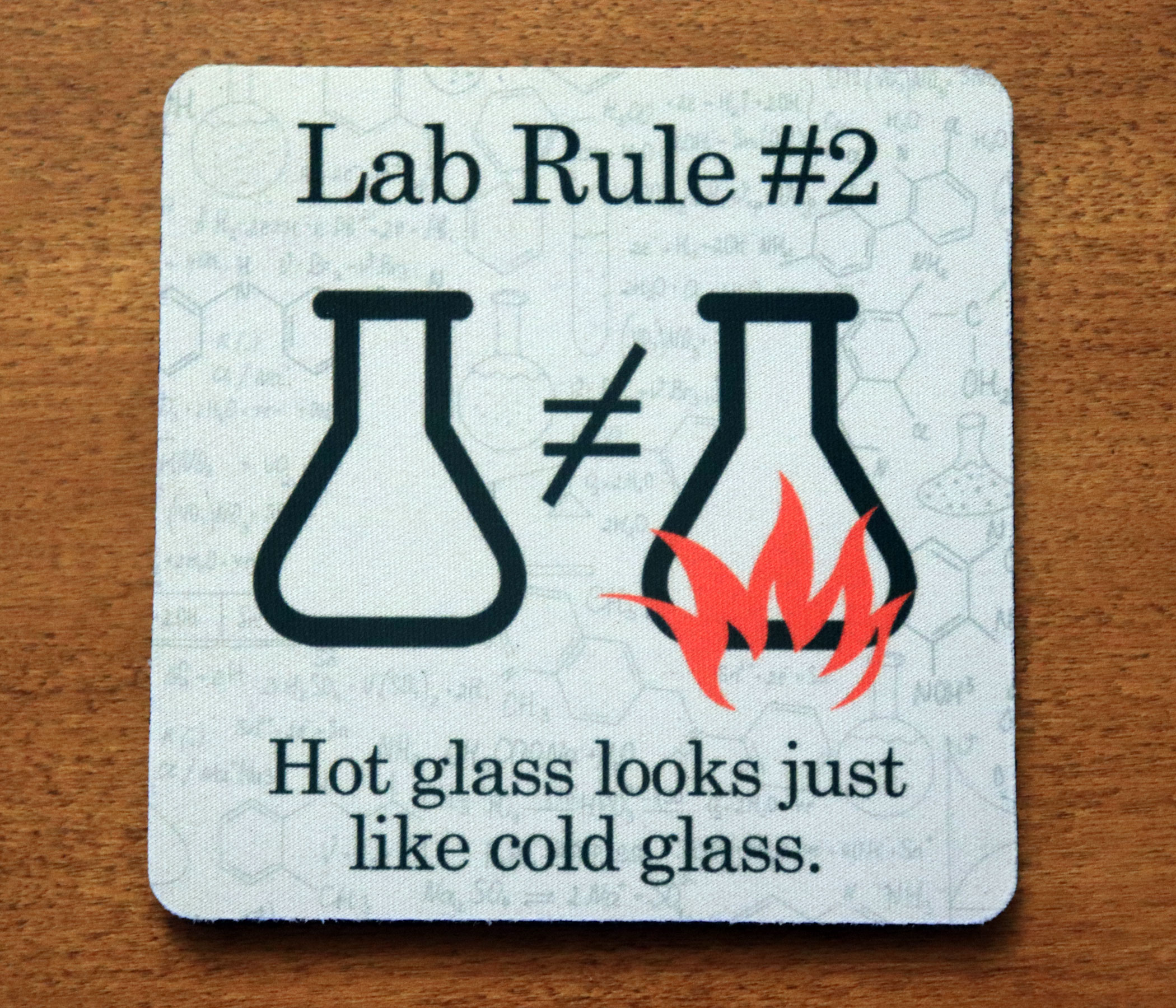
Link to this page
Scientific glassblowing uses a fuel oxygen torch for heat to constrict or fuse glass, and your breath to expand or inflate glass. This course does not aim to make you an accomplished professional glassblower. We will limit ourselves to items that can be made manually from borosilicate tubing and rod with basic equipment and a minimum of annealing. By hands-on practice you can learn to make the joints needed for useful applications and repairs. Lecture time will include demonstrations and laboratory time will give you the opportunity for practice. There will be some reading about glass and two quizzes, and you will be expected to have produced a series of items by the end of the course.
Meet in class and then move to the lab for demonstrations.
Practice with a partner between meetings. Sign up for times.

